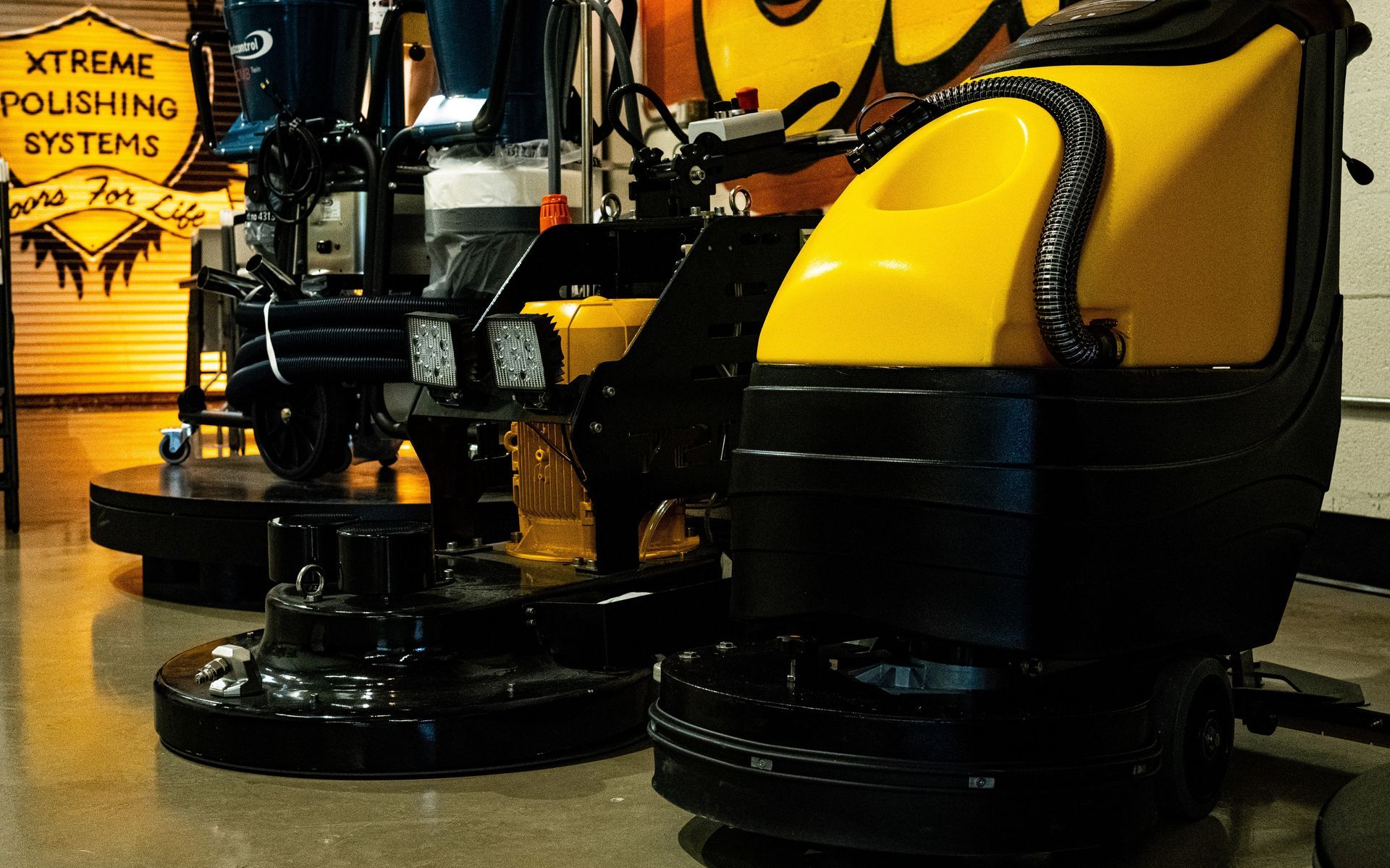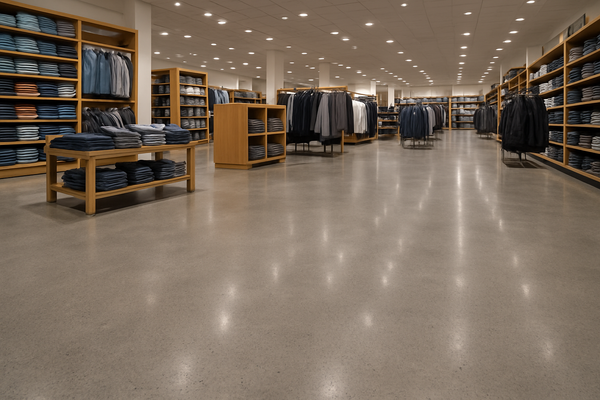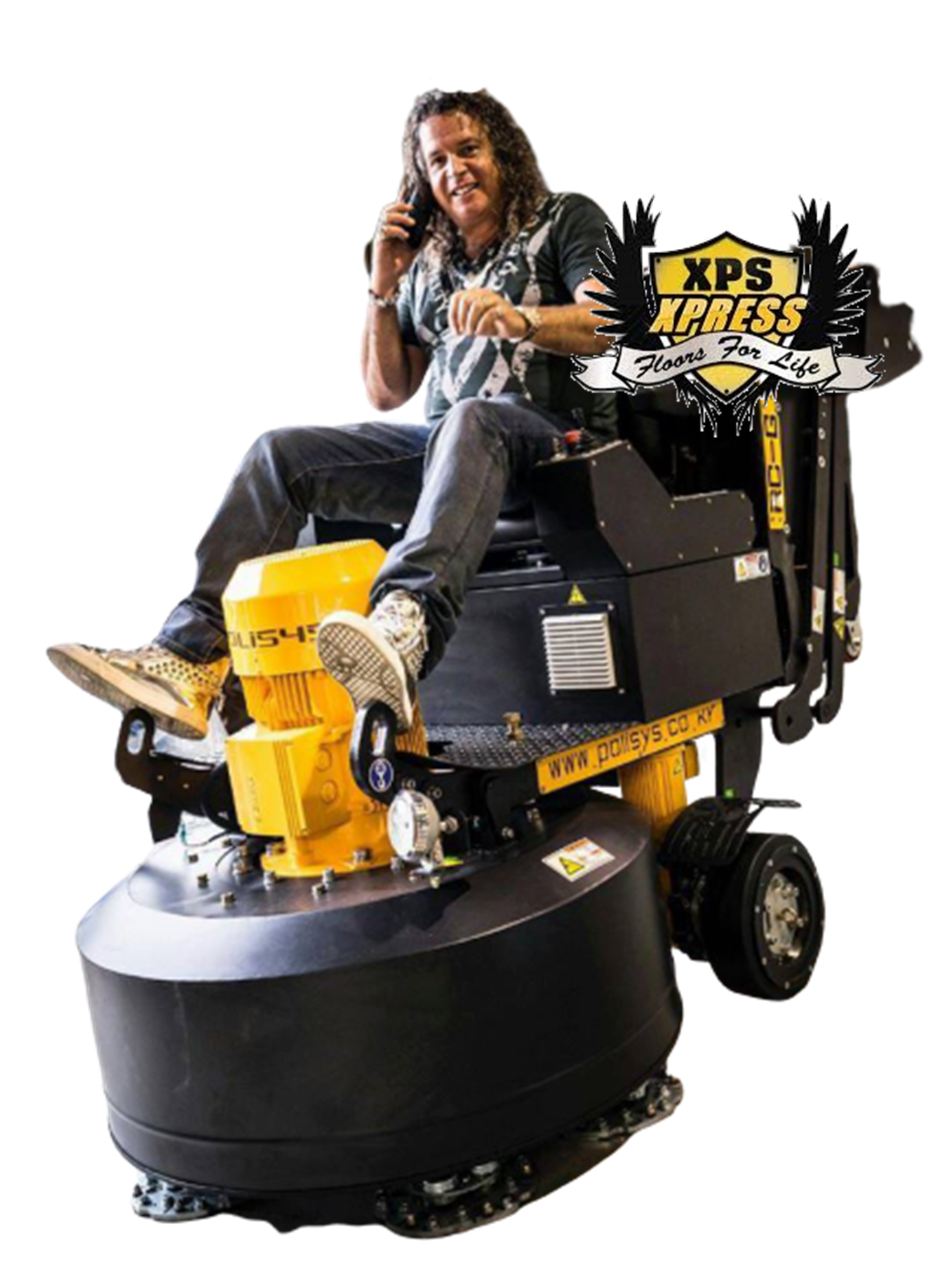What is Polyaspartic? The Fast-Curing Powerhouse for Concrete Coatings
What is Polyaspartic?
Polyaspartic is a highly durable coating derived from aliphatic polyurea, which is part of the broader family of polyurea coatings. It’s a two-part system that cures through a chemical reaction between a resin and a catalyst. The result? A coating that’s fast-curing, flexible, incredibly tough, and resistant to a wide range of conditions.
Compared to traditional epoxies, polyaspartic coatings stand out in a few major ways:
- UV stable (they won’t yellow or fade in sunlight)
- Cure time is much faster , hours instead of days
- Highly resistant to abrasions, chemicals, and impact
- More flexible , meaning they’re less likely to crack or chip
- Can be applied in various temperatures and humidity levels
Thanks to these properties, polyaspartic is used in both residential and commercial environments where performance, aesthetics, and speed matter.
Where is Polyaspartic Used?
Polyaspartic coatings are widely applied across residential, commercial, and industrial spaces thanks to their rapid curing, high durability, and strong resistance to UV exposure, chemicals, and abrasion.
You’ll find them in:
- Garage floors
- Retail stores and showrooms
- Warehouses and manufacturing plants
- Restaurants and commercial kitchens
- Hospitals and healthcare facilities
- Outdoor patios, driveways, and pool decks
Because of their fast return-to-service , they’re also perfect for settings where downtime isn’t an option. For instance, a retail store can install a polyaspartic floor at night and open its doors again the next morning.

Polyaspartic can be applied as a standalone coating or as a topcoat over epoxy and decorative flake systems , depending on your desired look and project requirements. For a deeper look into how these coatings perform in garage environments, check out our blog: Garage Flooring 101: The Advantages of Polyaspartic Topcoats
How Long Does Polyaspartic Last?
One of the most compelling reasons to choose polyaspartic is its exceptional lifespan . When installed properly and maintained well, a polyaspartic floor can last 10 to 20 years or more .
It has high resistance to:
- Chemical spills (like oil, fuel, and cleaning agents)
- Physical wear (like foot traffic, forklifts, and car tires)
- UV rays (so it won’t yellow in the sun)
This makes it ideal for spaces that experience heavy use or outdoor exposure. Whether it’s a garage in Minnesota or a patio in Miami, polyaspartic holds up.
Polyaspartic Dry Time: How Fast Is It?
If you need a floor coating that cures fast, nothing beats polyaspartic . They’re often touch-dry within a few hours and ready for light use within 24 hours. Full cure for heavy traffic or equipment usually takes around 48 hours, though conditions like temperature and humidity can affect the timeline.
In many cases, here’s what you can expect:
- Dry to the touch: 30–60 minutes
- Light foot traffic: 2–4 hours
- Full cure: Within 24 hours
This quick turnaround is a game-changer for businesses and contractors working on tight deadlines. You can coat a garage in the morning and drive on it the next day—no long wait times like with traditional epoxy systems.
Benefits of Polyaspartic Coatings
Let’s summarize what makes polyaspartic such a popular flooring solution:
1. Fast Curing = Less Downtime
Polyaspartic cures in a fraction of the time it takes for epoxy. That means quicker installs, faster return to service, and less disruption to your schedule.
2. Superior Durability
These coatings handle high traffic, harsh chemicals, and extreme temperatures. Whether it’s a garage, warehouse, or restaurant kitchen, polyaspartic holds strong.
3. UV Stability
Unlike epoxy, polyaspartic won’t yellow when exposed to sunlight. This makes it perfect for outdoor patios, driveways, and sunlit indoor spaces.
4. Design Flexibility
From solid colors to decorative flake and even metallic finishes, polyaspartic can be customized to match your style. You get both form and function in one sleek surface.
5. Low Maintenance
Thanks to its resistance to stains and wear, a polyaspartic-coated floor is easy to clean and maintain—just a quick sweep and mop does the job.
Limitations to Be Aware Of
While polyaspartic offers a lot of benefits, it’s not without challenges:
- Application Requires Skill
The fast cure time can be tricky for first-timers. If you’re not experienced, you might find yourself racing against the clock.
- Environmental Sensitivity
Humidity and temperature fluctuations can affect curing. Professional applicators know how to account for this, but DIYers should be cautious.
- Higher Upfront Cost
Polyaspartic can cost more per square foot than epoxy. But when you factor in the long lifespan and reduced maintenance, it often pays for itself over time.
- Ventilation is Important
Although polyaspartic tends to be low-VOC, good airflow and safety gear are still essential during application to ensure a safe workspace.
Polyaspartic vs. Epoxy: What's the Difference?
Let’s compare the two side-by-side:
| Feature |
Polyaspartic |
Epoxy |
| Cure Time |
1–2 hours (full in 24 hrs) |
2–3 days (full in 5–7 days) |
| UV Resistance |
Excellent |
Poor (yellows over time) |
| Durability |
Superior |
Very good |
| Flexibility |
High (less cracking) |
Moderate (can get brittle) |
| Outdoor Use |
Yes |
Not recommended |
| Cost |
Higher |
Lower upfront |

If you're doing a quick-turnaround project or need outdoor durability, polyaspartic is usually the better choice. Epoxy may still work for budget-conscious or indoor-only applications.
Featured Product: Rockhard POLY from XPS
If you’re looking for a professional-grade polyaspartic, check out XPS’ Rockhard POLY . It’s one of the top choices for contractors because of its:
- Crystal-clear, UV-stable finish
- Same-day install capability
- Excellent resistance to abrasions and chemicals
- Compatibility with epoxy base coats and flake systems
Whether you're coating a custom garage or finishing a commercial retail floor, Rockhard POLY delivers the performance and aesthetics pros demand.
Final Thoughts: Is Polyaspartic Right for You?
Polyaspartic coatings are a top-tier solution for modern flooring needs. With their blend of speed, strength, and style, they outperform many traditional coatings in both residential and commercial settings.
However, like any product, they’re not a one-size-fits-all solution. Consider your project’s environment, timeline, and traffic levels. If fast curing, outdoor durability, and a sleek finish are important to you, polyaspartic might be the ideal choice.
For the best results, work with experienced professionals—or choose a high-quality system like Rockhard POLY from XPS to ensure long-lasting beauty and performance.
Ready to transform your floors? Explore more at xtremepolishingsystems.com and find the perfect polyaspartic system for your project.
You might also like
Epoxy Floor Polished Concrete Blog






